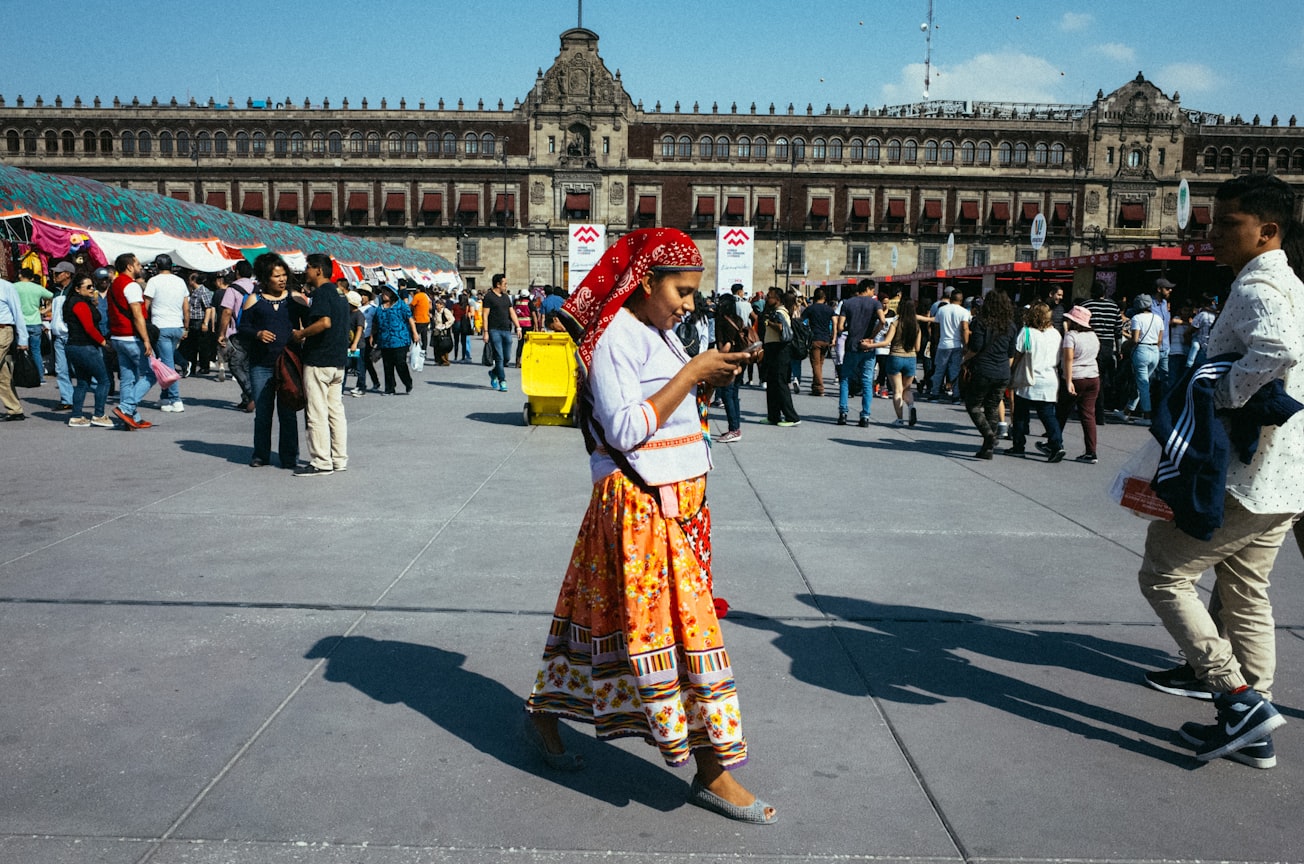What is it about?
Inequality in Mexico City and other cities continues to grow. This paper examines how the construction of megaprojects and large buildings to attract tourists and investments worsens that inequality. It asks how aggressive policing criminalizes the poor and worsens inequality. It asks how investors commercialize traditional cultural icons, such as Day of the Dead, to make money.
Featured Image

Photo by Frederik Trovatten.com on Unsplash
Why is it important?
Inequality in cities continues to worsen around the world. Police play a central role in maintaining this inequality. Paradoxically, more money is flowing into cities than ever. This paper shows the role that this influx of money and new construction projects plays in displacing poor residents and the role the police play in this inequality. It also asks how investors in Mexico City commercialize cultural and historical icons, such as The Day of the Dead or Aztec Pyramids, to make money.
Perspectives
My time in Mexico City changed my life; I did not originally go there with a plan to write this article, but when I witnessed the clashing of protesters with police over access to the central square where Spectre (the latest James Bond film) was filming in 2015, I knew I had to understand the deeper issues and influences that were at play. I wanted to understand why wealth and poverty can exist so closely next to each other, what role history and cultural practices play in this inequality, and why police are so prevalent in Mexico City. I hope my article aids in this understanding.
Joshua McDermott
University of Pittsburgh
Read the Original
This page is a summary of: Towards an icon model of gentrification: Global capitalism, policing, and the struggle for iconic spaces in Mexico City, Urban Studies, February 2019, SAGE Publications,
DOI: 10.1177/0042098018813065.
You can read the full text:
Resources
Contributors
The following have contributed to this page







